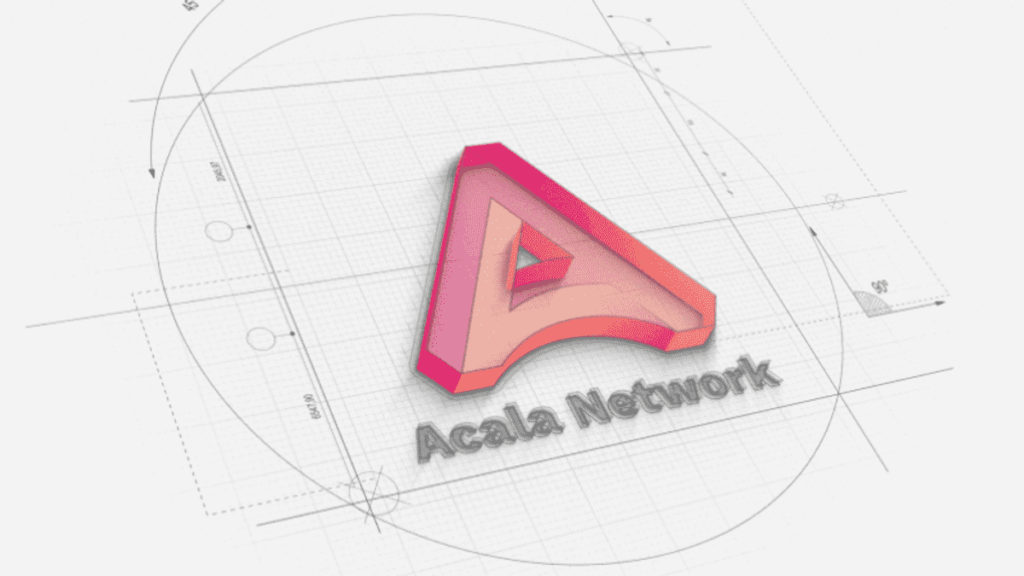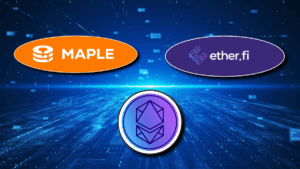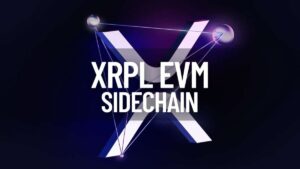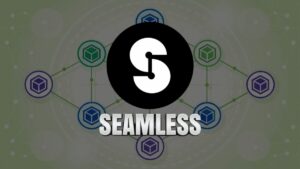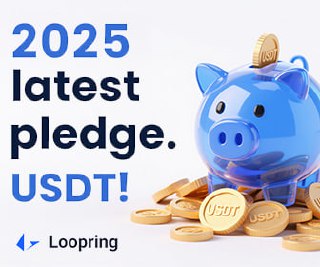Decentralized finance has meant a real revolution for the global financial system and, of course, for all its users. Since the emergence of Ethereum, DeFi have been consolidated achieving a greater and better amount of functionalities and applications. However, after this success, problems arose with scalability and the high fees charged on the different Blockchains. That is why solutions such as Acala have appeared, whose objective is to achieve a sustained growth of the Blockchain. Find out what it is all about:
Furthermore, the lack of cross-chain communication capabilities of Ethereum has taken down its position as a go-to platform for new DeFi teams. This allowed other next-generation blockchains platforms like Solana, Tezos, Algorand, and Polkadot to come head-to-head with Ethereum in the DeFi revolution.
Among these new blockchains, Polkadot is considered the true rival to Ethereum because of its unique architecture that offers high scalability and cross-chain communication capabilities.
USD-pegged stablecoins have also generated a huge demand within the blockchain.. So, a team comprised of the best minds from Polkawallet, a mobile wallet for the Polkadot ecosystem, and Laminar Protocol decided the grab the land of DeFi and stablecoins by using Polkadot.
The result of their work is Acala Network, a cross-chain DeFi hub and stablecoin based on Substrate for Polkadot and Kusama. Let’s take a look at this much-talked DeFi project in the Polkadot ecosystem.
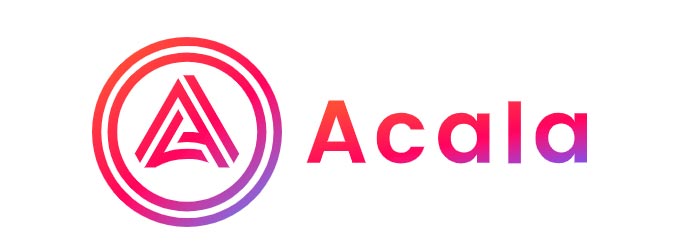
What is Acala Network?
The whitepaper describes Acala as decentralized finance (DeFi) network for stablecoin and staking liquidity. Founding members from two Polkadot ecosystem teams, Laminar and Polkawallet, started development in 2019, and the project is currently available on Polkadot parachain testnet Rococo.
Acala is an all-in-one defi hub of Polkadot that will enable users to stake, swap, borrow, lend, earn, and more with micro gas fees. Acala brings a slew of defi services to Polkadot, including an automated market maker (AMM) decentralized exchange (DEX) and staking liquidity (Liquid DOT (LDOT)). Acala is both a parachain platform on which other teams can build, as well as an application layer providing a suite of applications offering the aforementioned financial products.
Cross-chain communication is now an undeniable necessity of the blockchain industry. This transforms Acala into an indispensable platform for financial applications to use smart contracts or embedded protocols with out-of-the-box cross-chain capabilities and robust security
Unlike Ethereum, which requires gas fees to be denominated in ETH, Acala allows any blockchain platform to participate and pay for computation in any currency in what the team calls “bring your own gas.”
Substrate
Acala is built on Substrate, a framework for building decentralized systems, such as cryptocurrencies or message buses, simplifying the creation of new blockchains by eliminating the need to implement network and consensus code from scratch.
Furthermore, the Acala engineering team has also deployed a custom-built Acala EVM, a novel contribution to the Polkadot ecosystem that gives a seamless, full-stack experience for Solidity, Substrate, and Web3 developers. The main purpose of Acala Network is not to redeploy Ethereum on Polkadot but create an environment that supports cross-chain innovation and interactions between distributed applications on top of interoperable blockchains.
As we know that Acala is a DeFi network for stablecoin and staking liquidity. So, there are two protocols in Acala to provide these services: Honzon – The Stablecoin Protocol, and HOMA – The Tokenized Staking Liquidity Protocol.
Honzon-The Stablecoin Protocol
As the name suggests, Honzon Protocol manages activities involving its stablecoin decentralized Acala Dollar (aUSD). aUSD was originally a cryptocurrency backed by multiple collateral, with a stable value relative to the US dollar (1 aUSD ≈ 1 US $). However, in 2022 it lost its parity, trading below $0.40.
In other words, Honzon Protocol was a dynamic system of Collateralized Debt Positions (CDPs), on-chain governance, and incentivized key actors. The protocol was available on Acala’s main DApp, Acala Mandala, and Polkadot UI.
Homa- The Tokenized Staking Liquidity Protocol
Homa is the second innovative DeFi protocol of Acala Network and it focused on liquid staking. According to Acala, Homa Protocol is the answer to the following question for Proof-of-Stake (POS) chains.
“Can we have both security and liquidity at the same time?”
POS blockchain uses staking for securing its network. But there is always a competition between staking and liquidity. The problem is that “if DeFi lending applications provide a better yield than staking, it could motivate the collective movement of funds from staking to lending, causing a ‘bank run’ and risking the security of the entire network.”
So, the Homa protocol solves the illiquidity challenge of staked assets. According to the whitepaper, the Polkadot network targets 50% DOTs staked, the rest in circulation would be used for bonding, paying transaction fees, and others.
Users can stake DOT, the native token of Polkadot network, trustlessly with the Homa staking pool, and in return you receive Liquid DOT (L-DOT) accounting for both the DOT amount and ongoing staking reward earned. These L-DOT tokens are fungible, can be traded, used for payment, and in DeFi e.g. as collateral to generate aUSD stablecoin. It can also be used in other blockchain-based applications.
Once DOTs are staked, there is a 28-day unbonding period which in principle reduces liquidity and improves security and stability of assets at stake. But Homa also allows users to withdraw their DOT assets from the Homa Staking pool at any time. For this, users are required to pay a higher premium for a shorter wait time to compensate for the loss reward of free liquidity. Fees paid for immediate or shorter withdrawal are paid in L-DOT and managed by the Homa Treasury.
L-DOT holders also have the right to vote for favorite validators using a selection mechanism similar to the Phragmen election to choose a maximum of 16 validators. L-DOTs are required to lock their L-DOTs in Homa Council for voting rights and power.
Acala DEX
Apart from two foundational protocols, Acala also offers a Uniswap inspired automated market maker (AMM) decentralized exchange (DEX) which is implemented as runtime modules hence better integrated with other protocols. Acala DEX is accesbile thorugh its testnet dapp Acala Mandala.
Users can provide liquidity in two tokens in liquidity pools. On Acala DEX, there are markets for bridged in assets like BTC and ETH, as well as DOT, ACA, and aUSD.
Traders can swap tokens instantly without the need for an order book, whereas liquidity providers can earn a fee for their liquidity.
They earn an exchange fee and an additional reward from stability fee profit share, as liquidity on Acala DEX not only serves users for the token swap but also serves the Honzon stablecoin protocol for liquidation.
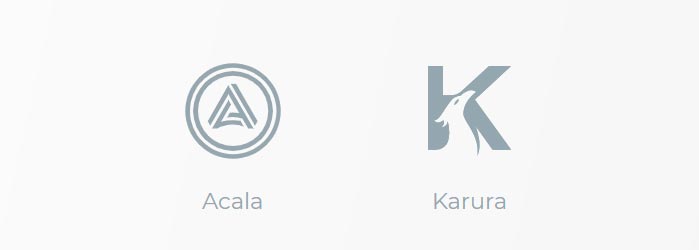
Acala (ACA) Token
ACA is the native token of ACALA Network’s Substrate chain. ACAs serve two key functions in Acala Network: Network utility token and Governance of the network.
As a utility token, it is used native fee token native transactions and smart contracts, and also utilized in staking for collator, staking for oracle and other network activities.
According to Acala Token Economy Working Paper:
“As a governance token, ACA tokens provide their holders voting right in Treasury governance, Council member election, referendum, network upgrade, risk management and more, e.g. adjustment of key risk parameters, such as Stability fee, Liquidation Ratio, and Collateral Type.”
Karura Network
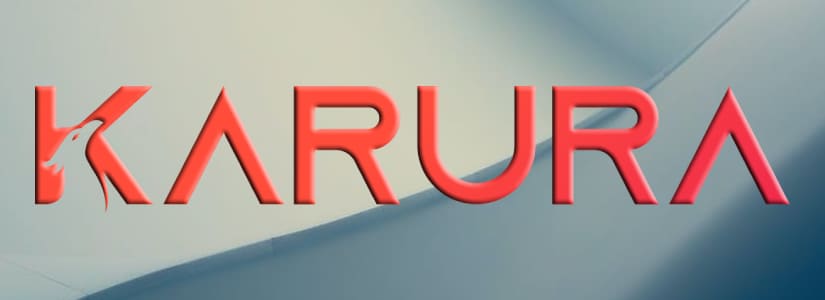
Karura is a comprehensive decentralized finance (DeFi) platform developed by the Acala Foundation specifically for Kusama. It serves as an all-in-one hub for DeFi activities on the Kusama network, offering various financial applications such as a trustless liquid staking token protocol (liquid KSM), an automated market maker (AMM) decentralized exchange (DEX), and an application platform that is Ethereum Virtual Machine (EVM)-compatible and highly customizable, based on Substrate.
One of Karura’s key features is its ability to operate with micro gas fees that can be paid in any token, making transactions more accessible and efficient for users.
Launching on Kusama allows Karura to leverage the network’s unique characteristics, including faster governance parameters and higher risk tolerance compared to Polkadot. This enables Karura to push the boundaries of financial innovation, offering decentralized financial products and stable assets to the entire ecosystem of networks within Kusama.
Additionally, by being interoperable with multiple networks and ultimately bridged to Polkadot, Karura ensures seamless connectivity and accessibility across different blockchain ecosystems, enhancing the overall DeFi experience for users.
Important Links
- Website: https://acala.network/
- Acala Mandala: https://apps.acala.network/
- Documentation: https://wiki.acala.network/learn/acala-introduction
- Twitter: https://twitter.com/AcalaNetwork



